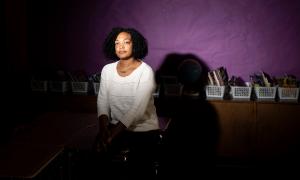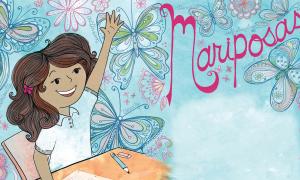article
“We Are Our Ancestors’ Wildest Dreams”

As part of our series highlighting educator voices, we spoke to five Black teachers who teach in predominately Black or all-Black settings to ask how they approach the topic of slavery.

